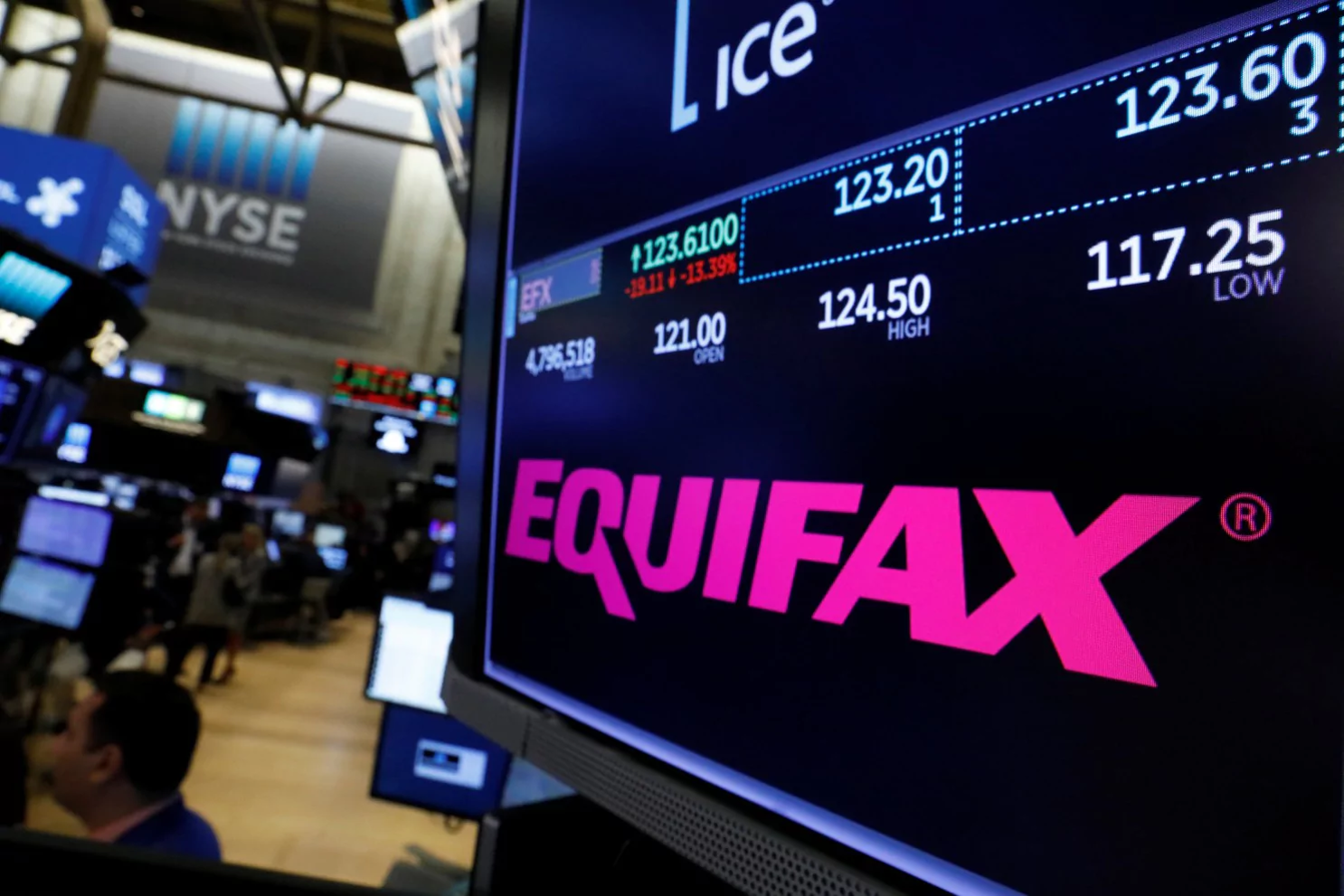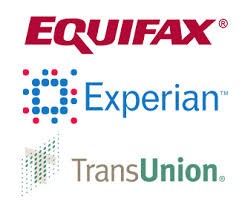Equifax: Get Informed!
Stay updated with the latest from the Equifax data leak and protect yourself

REUTERS/Brendan McDermid
If you have a credit report, there’s a good chance that you’re one of the 143 million American consumers whose sensitive personal information was exposed in a data breach at Equifax, one of the nation’s three major credit reporting agencies.
Here are the facts, according to Equifax:
The breach lasted from mid-May through July. The hackers accessed people’s names, Social Security numbers, birth dates, addresses and, in some instances, driver’s license numbers. They also stole credit card numbers for about 209,000 people and dispute documents with personal identifying information for about 182,000 people. And they grabbed personal information of people in the UK and Canada too.
There are steps to take to help protect your information from being misused…
• Go to Equifax.com
• Hit the “Click Here to enter Equifax Security2017” orange button in the middle of the page
• We suggest reading everything on this page to get familiar with all of the facts of what has happened
• At the bottom left, click on the “Potential Impact” link
• Then click on the “Check Potential Impact” button
• Enter your own information (enter information separately for other members of your household). You will get an instant response letting you know if you have been impacted by this breach. (This response is not 100% either way, it is a probability. As of now, Equifax cannot tell if with certainty if you were hacked or not.) Your Social Security number is sensitive information, so make sure you’re on a secure computer and an encrypted network connection any time you enter it. The site will tell you if you’ve been affected by this breach.
• Whether you have or have not been impacted, we recommend that you “Enroll” in the one year’s free service Equifax is offering to monitor your credit and provide coverage against identity theft.
• You will be given a date that you have to go back in to officially enroll (presumably so as not to crash their system with the onslaught). The enrollment process is mostly entering personal information. You will have until November 21, 2017 to enroll. You can also access frequently asked questions at the site.
• Finally, if you want to really protect yourself, you should go to all 3 credit reporting agencies to put a fraud alert or security freeze on your credit.
A 90 day fraud alert is a notice on your credit file that lets lenders know they should first take the step to contact you and verify your identity before approving any new credit. A fraud alert is available at no charge to place on your report.
A security freeze will stop creditors from looking at or accessing your credit file entirely. Although a fraud alert is free, there may be charges for a security freeze depending on your state of residence and whether or not you were a victim of identity theft. Some states also have a fee for lifting the security freeze or providing you a replacement PIN to log into your account to access information about the freeze. But, this week Equifax has agreed to waive all fees until November 21, 2017.
A freeze on your credit will mean that no one can open up anything new in your name and with your personal data. Therefore, you also need to remember that if you ever do anything that requires a new credit line, you will have to open your credit and refreeze it again when you are done with it.
Here are some other steps to take to help protect yourself after a data breach:
 • Check your credit reports from Equifax, Experian, and TransUnion – for free – by visiting annualcreditreport.com. Our recommended practice is that you get an Equifax free credit report for the 1st Quarter, an Experian report during 2nd Quarter, skip the summer months, and get the last free credit report from TransUnion during 4th Quarter. Next year, start the rotation all over again. Accounts or activity that you don’t recognize could indicate identity theft. Visit IdentityTheft.gov to find out what to do.
• Check your credit reports from Equifax, Experian, and TransUnion – for free – by visiting annualcreditreport.com. Our recommended practice is that you get an Equifax free credit report for the 1st Quarter, an Experian report during 2nd Quarter, skip the summer months, and get the last free credit report from TransUnion during 4th Quarter. Next year, start the rotation all over again. Accounts or activity that you don’t recognize could indicate identity theft. Visit IdentityTheft.gov to find out what to do.
• Watch for signs of identity theft. Monitor your existing credit card and bank accounts closely for charges you don’t recognize. The Equifax breach was months ago, so changes may already have been made to your accounts.
Some of the major signs of identity theft include:
• You notice unexplained withdrawals or activity from your bank and credit card accounts
• You stop getting mail or bills (implying your address has been changed)
• Debt collectors start calling about debts you don’t recognize
• Your medical records don’t match your medical history
• Watch out for FAKE Equifax emails, phone calls, or other communications related to the breach. These fake communications may contain malware or may be phishing campaigns to gain even more personal info or scam the user out of money. These malware and phishing attacks are now reaching the market, and you don’t want the problem to get worse for you.
• Consider placing a credit freeze on your files. A credit freeze makes it harder for someone to open a new account in your name, but keep in mind that a credit freeze won’t prevent a thief from making charges to your existing accounts.
• If you decide against a credit freeze, consider placing a fraud alert on your files. A fraud alert warns creditors that you may be an identity theft victim and that they should verify that anyone seeking credit in your name really is You.
• File your taxes early – as soon as you have the tax information you need – before a scammer can do it. Tax identity theft happens when someone uses your Social Security number to get a tax refund or a job. Respond right away to letters from the IRS.
An IRS Identity Protection PIN is a six-digit number assigned to eligible taxpayers that helps prevent the misuse of their Social Security number on fraudulent federal income tax returns. For additional information, please search the IRS.gov website and search for the IP PIN FAQ page.
For videos regarding these topics, and more, visit the Federal Trade Commission’s Video and Media webpage at: https://www.consumer.ftc.gov/media
Note: The opinions voiced in this material are for general information only and not intended to provide specific advice or recommendation for any individual. Please remember that past performance of investments may not be indicative of future results. Different types of investments involve varying degrees of risk, and there can be no assurance that the future performance of any specific investment, investment strategy, or product made reference to directly or indirectly in this newsletter (article), will be profitable, equal any corresponding indicated historical performance level(s), or be suitable for your portfolio. Due to various factors, including changing market conditions, the content may no longer be reflective of current opinions or positions. Moreover, you should not assume that any discussion or information contained in this post serves as the receipt of, or as a substitute for, personalized investment advice from Vermillion Financial Advisors, Inc. To the extent that a reader has any questions regarding the applicability of any specific issue discussed within this newsletter to his/her individual situation, he/she is encouraged to consult with the professional advisor of his/her choosing. A copy of our current written disclosure statement discussing our advisory services and fees is available for review upon request.

